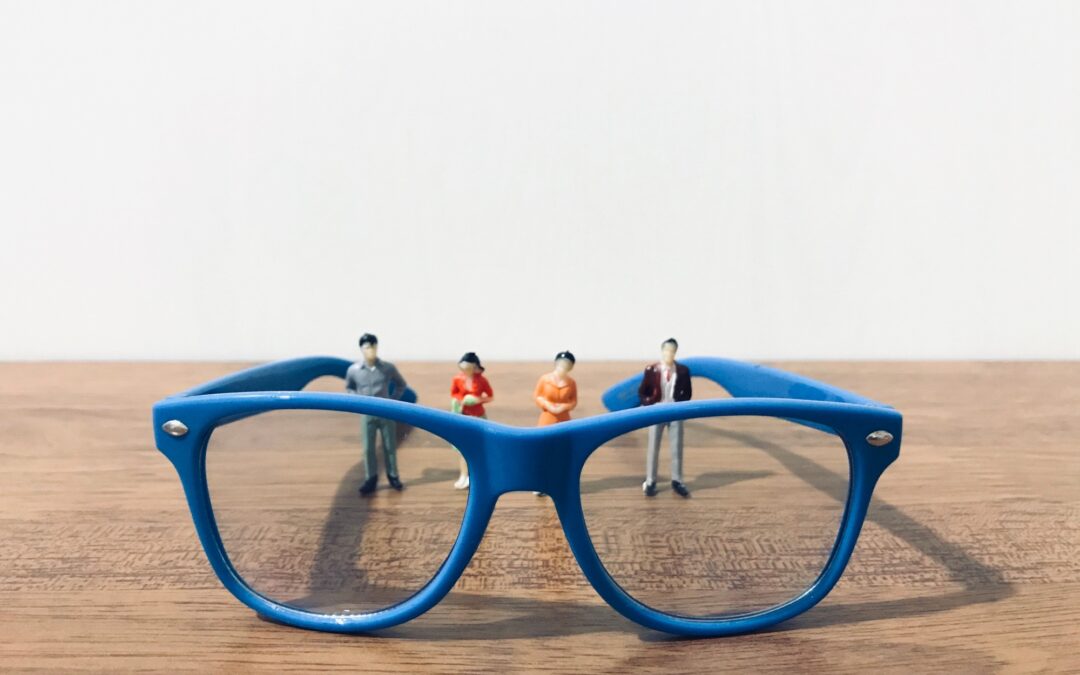Examples of Confirmation Bias
-
- Biased Search for Information
-
People tend to seek out information that aligns with their existing beliefs or opinions. This might mean selectively reading news sources, following certain influencers, or choosing search terms that confirm their viewpoint.
-
- Biased Interpretation
-
When people encounter ambiguous or mixed evidence, they interpret it in a way that supports their existing beliefs. For example, two people might watch the same political debate but come away with opposite conclusions based on their prior biases.
-
- Biased Memory (Selective Recall)
-
People are more likely to remember information that supports their beliefs and forget or downplay information that contradicts them. This selective memory reinforces existing beliefs over time.
-
- Polarization Effect
-
When people with opposing beliefs are presented with the same evidence, they may both become more convinced that they are right. Instead of converging on the truth, each side interprets the evidence to support their existing view, increasing the divide.
-
- Attitude Polarization
-
Similar to the polarization effect, this occurs when people’s attitudes become more extreme after being exposed to confirming evidence, even if the evidence is weak or neutral.
-
- Belief Perseverance
-
Even when presented with clear evidence that contradicts a belief, people often stick to their original belief. This occurs because it’s challenging to abandon established beliefs, especially if they’re tied to identity or worldview.
-
- Overweighting Positive Evidence
-
People tend to give more weight to evidence that supports their beliefs and discount or minimize contradictory evidence, even if both types of evidence are equally strong.
-
- Confirmation Cascade (Echo Chambers)
-
Within groups, confirmation bias can create an echo chamber effect, where people continually reinforce each other’s beliefs without exposure to contrary views. This can amplify confirmation bias within communities, leading to groupthink.
-
- Myside Bias
-
Similar to confirmation bias, myside bias is the tendency to evaluate information, arguments, or evidence in a way that favors one’s own side of an argument, often used in debates and discussions.
-
- Illusory Correlation
-
People may perceive a relationship between two unrelated events because it aligns with their beliefs or expectations. This bias leads to seeing patterns or connections that aren’t actually there.
-
- Biased Search for Information

